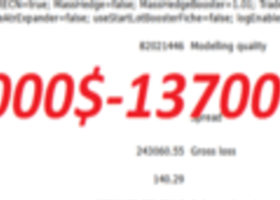
(18 JANUARY 2018)DAILY MARKET BRIEF 1:AUD/USD maintains positive momentum despite disappointing job report
It has been a quite week so far for the Australian dollar. The Aussie economic calendar was relatively light, while market participants mostly focused their attention on Trump comments and fears about an US government shutdown. Even though AUD/USD spent most of the week trading range bound - between 0.7930 and 0.8023 – the pair printed a 4-month high on Wednesday at 0.8023. The job report released earlier today didn’t changed anything. In December, the unemployment rate rose slightly to 5.5% from 5.4% in the previous month, while the participation rate inched up to 65.7%.
Since early December last year, the Aussie has surged across the board, appreciating against all G10 currencies, with the exception of the New Zealand dollar and the Norwegian krone (+1.25% and +0.85% versus the AUD since December 3rd, respectively). This positive momentum could be mainly explained by the recovery in the country’s interest rates. Indeed, over the last month, the entire yield curve has shifted higher with the 2-year sovereign yield rising 40bps to 2.10%, while on the longer end of the curve the 10-year one climbed 37bps to 2.83%.
However, the 2-year interest rate differential between Australian and US has been quite stable over the last few weeks, suggesting that the recent appreciation of the Aussie is rather due to the USD weakness. There is little chance this situation change in the short-term as market participants remain sceptical that Trump will deliver what was announced, while the battle is raging in the Congress. There is just too many uncertainties for investors to go long USD, even though the underlying economic indicators are all on green.
AUD/USD is on its way to test September’s high at 0.8125. Another key resistance can be found at 0.8295 (high from January 2015). The momentum is still positive for Aussie; however, the wind can quickly turn around, especially if investors’ confidence in Trump starts to build.
By Arnaud Masset


